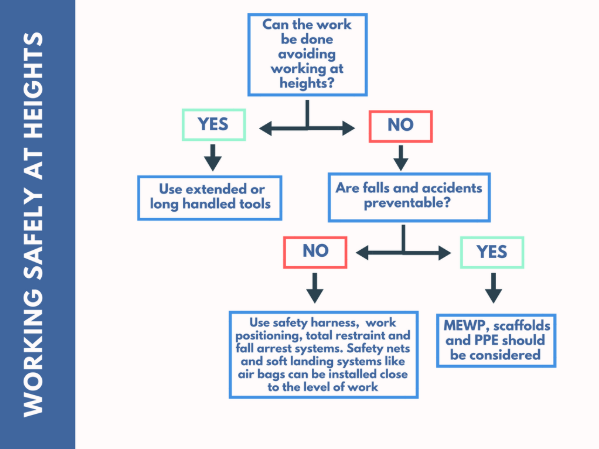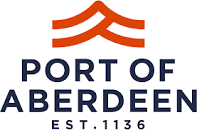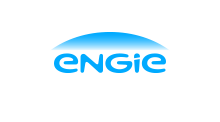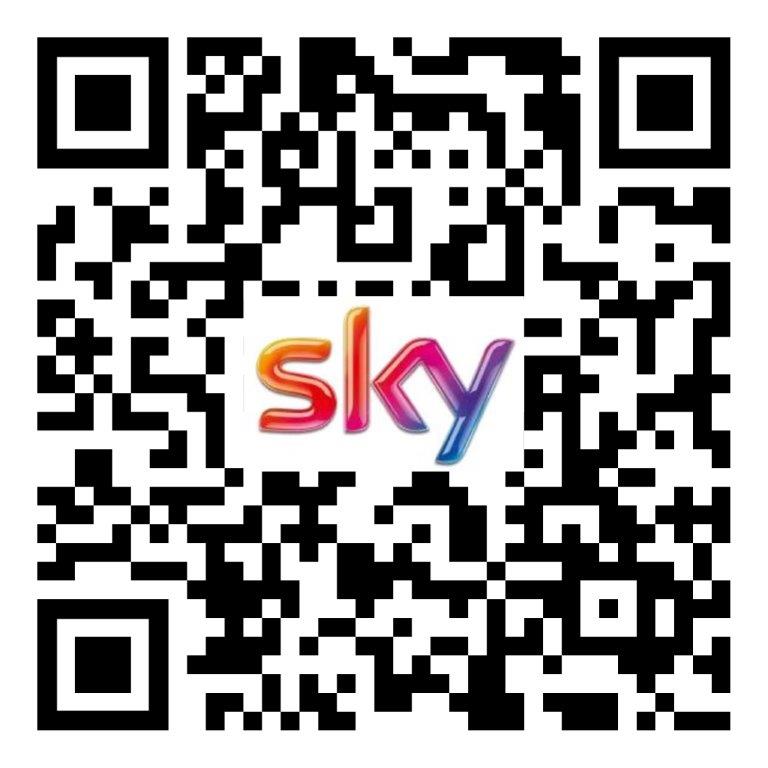Title Page
-
Client / Site
-
Conducted on
-
Prepared by
-
Location
List Hazards on Site
-
Details
Working at Heights Discussion
-
Hazards
1. Wet and uneven surfaces
2. Faulty equipment (harness, fall protection gears)
3. Weather conditions
4. Insufficient training
5. Improper footwear used
Working at Heights Planning
It is best to avoid working at heights unless necessary. Encourage your workers to use extended or long handled tools for hard to reach locations. If the work requires working at heights, first determine if falls and accidents are preventable. If so, proper equipment (i.e. Mobile Elevated Work Platforms, scaffolds, ladders, PPE) should be used and inspected at all times. If falls and accidents are not preventable or at risk of occurring then safety harnesses and fall protection landing gear should be installed.
General Safety Tips
1. Avoid working at heights when possible
2. Use an existing safe place of work
3. Minimize fall distance and consequences by using the right type of equipment
4. Select quality PPE which is regularly inspected
5. Always use the rails and fall protection barriers
6. Be mindful of the fall distance. Never overload and overreach
7. Determine the best anchor point to support you
8. Select the correct gear when working at heights (scaffold, lift, ladder)
9. Consider emergency and rescue procedures
10.Train your team to be safety conscious -
This flow diagram can be used to determine the appropriate safety measures to use when working at heights. It also provides recommendations on the type of fall protection equipment and systems to use if fall hazards are uncontrollable.
Follow Up Questions
-
Do all employees fully understand hazards and the preventive measures before working at heights?
-
Are all equipment (ladders, scaffolds, safety harness, etc.) free from damages?
-
Are there any incidents and physical injuries which involved working at heights?
-
Does anyone experience any concurrent health conditions which need to be addressed immediately?
-
Are there any other concerns?
Confirmation
-
Competent Person (Full Name and Signature)
-
By signing this, you confirm that the information discussed during this meeting were fully understood.
-
Click + to add signee who participated during the toolbox talk meeting
Signee
-
Full Name and Signature












